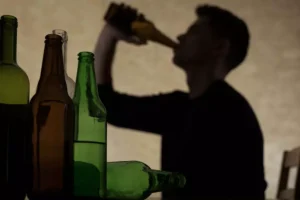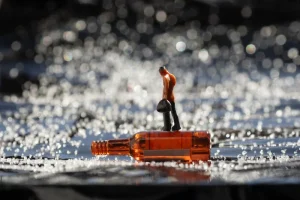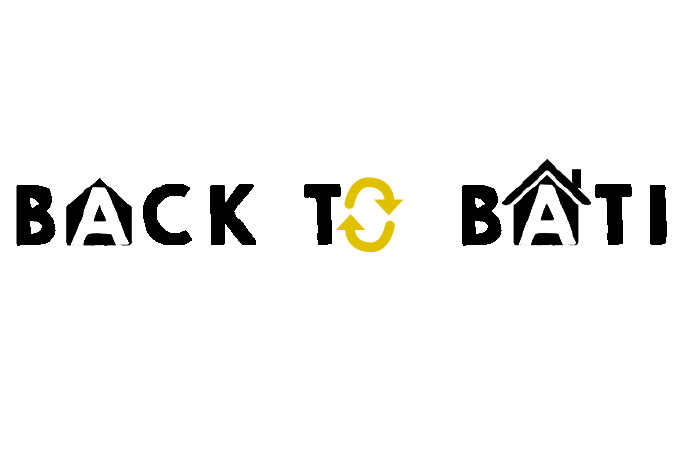Quitting these medicines suddenly can cause serious withdrawal symptoms, including pain that’s worse than it was before you started taking opioids. Your healthcare team can help you gradually and safely reduce the amount of opioids you take. In addition to efforts that health care providers use to prevent OUD, such as screening for addiction and overdose risk factors before prescribing opioids, opioid addiction treatment you can play an active role in prevention of OUD and OUD relapses for yourself or a loved one. Nearly 75% of all drug overdose deaths in the U.S. involved an opioid in 2020. Overdose deaths that involve opioids have increased at an alarming rate in recent years — by more than eight times since 1999. It’s important to recognize what you can do to help address the opioid epidemic.
- Learn more about the Healey-Driscoll Administration’s opioid overdose strategy.
- Some people find hypnosis effective in helping them break through their psychological barriers to change.
- These treatments include several kinds of counseling or behavioral therapy as well as medications.
- The choice to include medication as part of recovery is a personal medical decision, but the evidence for medications to support successful recovery is strong.
How do you follow up after an intervention?
The administration’s Fiscal Year 2025 budget proposes investments of more than $700 million for programs focused on substance addiction prevention, treatment, and harm reduction. After discussion with you, your health care provider may recommend medicine as part of your treatment for opioid addiction. Medicines don’t cure your opioid addiction, but they can help in your recovery. These medicines can reduce your craving for opioids and may help you avoid relapse.
Opioid Use Disorder
Preventing overdose death and finding treatment options are the first steps to recovery. Treatment may save a life and can help people struggling with opioid use disorder get their lives back on track by allowing them to counteract addiction’s powerful effects on their brain and behavior. The overall goal of treatment is to help people regain their health and social function.
Helping your loved one with an opioid intervention
Therefore, patients should be in mild to moderate withdrawal before receiving buprenorphine. Buprenorphine is another medication that is approved for the treatment of opioid dependence. Immediate action is needed to help someone experiencing an opioid overdose. Naloxone (commonly known by the brand name Narcan®) is a drug that treats the overdose immediately. Naloxone can reverse the effects of an opioid overdose if it’s given to the person quickly.

Withdrawal therapy
- Such treatments have less of an evidence-base, but some people may find them useful in addition to other proven treatments.
- Similarly, Uzo Aduba’s character, Edie Flowers, is a composite of the many people who tried to slow the spread of the drug and hold the perpetrators accountable.
- The availability and volume of prescription opioids, especially in North America, Western Europe and Australia, make them easier to access.
- But these doses lead to overdose due to loss of tolerance from a break in opioid use.
- Whatever the method of delivery, seek immediate medical care after using naloxone.
- That’s why focusing intently on prevention and encouraging robust conversations with loved ones about the dangers of the drug supply remain key.
As medications are different, patients should talk to their practitioner and understand each medication. The person with the opioid use disorder may decide on outpatient treatment or enter a rehabilitation facility for more concentrated therapy. Even when suffering from a substance use disorder, a person may deny that the problem is serious and resist efforts to help for a long time. When ready and willing to start a recovery process, it is important for the person to have access to resources and to start treatment as quickly as possible. The time it takes to become physically dependent varies from person to person, but it is usually a couple of weeks. Taking an opioid for a day or two is not a problem for most people, but some studies show that even the first dose can have physiological effects that can make someone vulnerable to opioid use disorder.
If no takeback program is available in your area, ask your pharmacist for help. This means that over time people who use opioids need to use higher doses or more potent opioids to get the same feel-good rewards. Helping the brain return to a state that isn’t dependent on opioids requires careful diagnosis and holistic treatment. Patients may decide to switch from one medication to another based on medical, psychiatric and substance use history, as well as their preferences and treatment availability.

Psychological Treatments for Opioid Addiction
The US Drug Enforcement Administration has called fentanyl the greatest and most urgent drug threat in the nation. Fentanyl is increasingly being mixed with the veterinary sedative xylazine (“tranq”), which continues to be detected in the state’s street drug supply and was present in 9 percent of opioid-related overdose deaths in 2023, up from 5 percent in 2022. The decline in opioid-related overdose deaths last year was significant among white non-Hispanic men, whose overdose death rate declined 16 percent between 2022 and 2023, from 48.2 to 40.4 per 100,000 people. The data also show Black non-Hispanic residents continue to be disproportionately impacted by fatal opioid overdoses. Among Black non-Hispanic men, the rate of opioid-related overdose deaths increased from 80 per 100,000 in 2022 to 84.6 in 2023. American Indian non-Hispanics, along with Black non-Hispanic men and women, had the highest opioid-related overdose death rates last year among all racial/ethnic groups.
